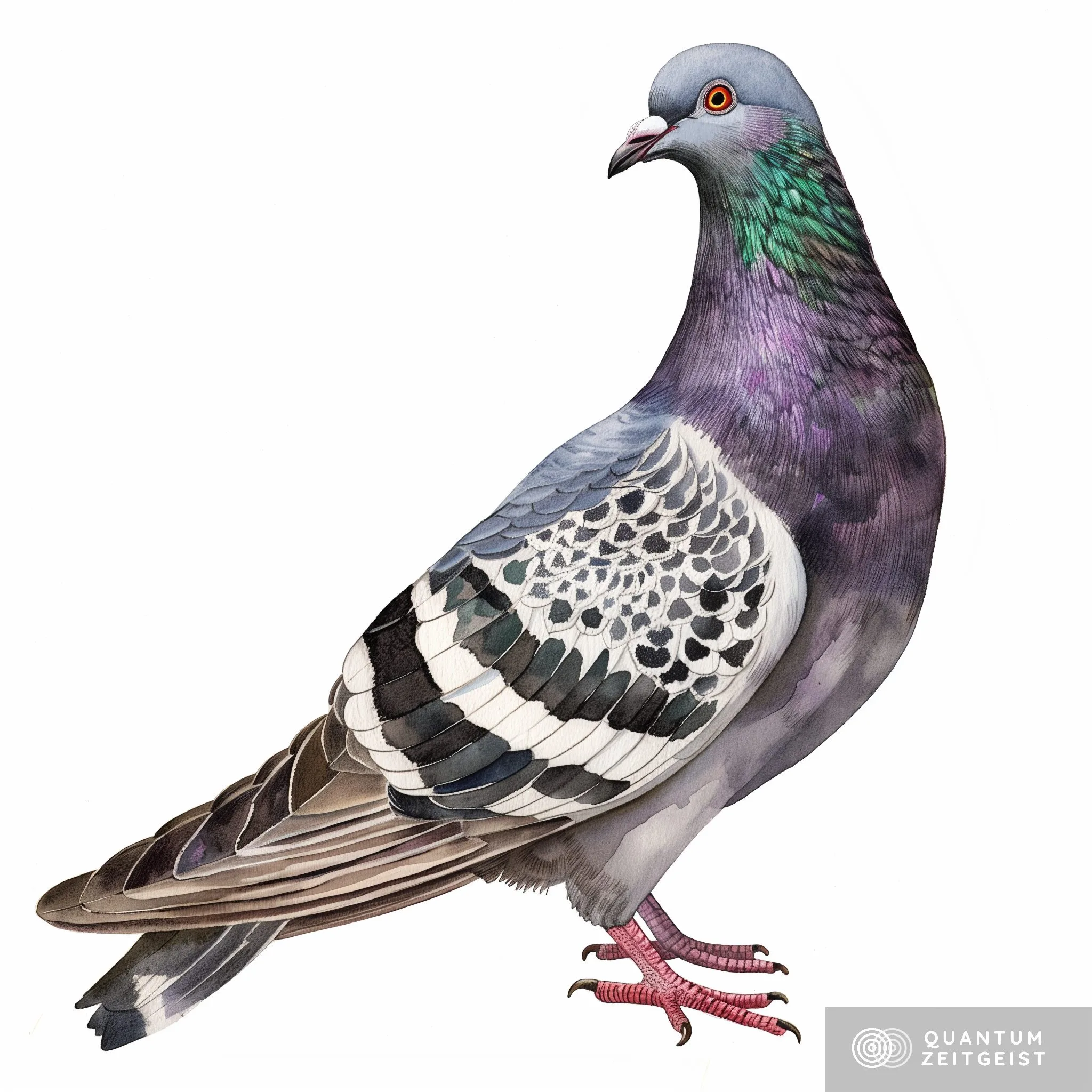A team of biologists led by Dr. Corinna Langebrake and Prof. Dr. Miriam Liedvogel from the University of Oldenburg and the Institute for Bird Research have found evidence that a protein in birds’ eyes, Cryptochrom 4, acts as a magnetic sensor. This discovery supports the theory that migratory birds use a magnetic compass for navigation. The team found that the gene for Cryptochrom 4 has evolved significantly and is absent in certain bird species, suggesting adaptation to different environments. The research, which involved analyzing the genes of 363 bird species, was published in the Proceedings B magazine of the British Royal Society.
The Evolutionary Optimization of Birds’ Magnetic Sensor
A team of biologists from the University of Oldenburg and the Institute for Bird Research “Vogelwarte Helgoland” in Wilhelmshaven has conducted a genetic study that supports the hypothesis that proteins in the eyes of birds are responsible for their magnetic perception. The researchers compared the genomes of several hundred bird species and found evidence that a specific protein in the birds’ eyes, Cryptochrom 4, could be the sought-after magnetic sensor.
The study found that the gene for Cryptochrom 4 has significantly changed over the course of evolution and has been lost in certain bird groups. This suggests an adaptation to different environmental conditions and supports the theory that Cryptochrom 4 serves as a sensor protein. The team’s findings were recently published in the Proceedings B magazine of the British Royal Society.
The Role of Cryptochrom 4 in Magnetic Perception
The study was initiated by research at the Universities of Oldenburg and Oxford, which suggested that magnetic perception is based on a complex quantum physical process in certain cells of the retina of migratory birds. In 2021, the German-British team published their results in the Nature journal, indicating that Cryptochrom 4 is most likely the magnetic sensor. This protein can be detected in the retina of birds, and both experiments with bacterially produced proteins and model calculations showed that Cryptochrom 4 exhibits the assumed quantum effect in response to magnetic fields.
Interestingly, the proteins in robins, a species of migratory birds, are significantly more sensitive to magnetic fields than those of sedentary chickens and pigeons. The researchers suggest that the DNA sequence of the protein in the robin has been optimized by evolutionary processes, making Cryptochrom 4 more sensitive in this species.
Cryptochrom 4: An Evolutionary Perspective
In the current study, the team examined the magnetic sense from an evolutionary perspective for the first time. They analyzed the Cryptochrom 4 genes of 363 bird species, ranging from the dwarf kiwi to the singammer. They compared their evolution rate with that of two other related cryptochromes and found that the gene sequences of the comparison cryptochromes are very similar for all bird species, indicating they have hardly changed over the course of evolution.
In contrast, Cryptochrom 4 proved to be very variable, suggesting that the protein is important for adaptation to specific environmental conditions. This specialization could be the sense of magnetism, a pattern also observed with other sensory proteins, such as light-sensitive pigments in the eye.
Cryptochrom 4 and Migratory Birds
The researchers found that in migratory birds from the group of passerine birds (Passeriformes), the Cryptochrom 4 protein has been optimized. “Our results suggest that Cryptochrom 4 may have specialized as a magnetoreceptor due to evolutionary processes in songbirds,” says lead author Langebrake.
Interestingly, in three groups of tropical birds – parrots, hummingbirds, and South American screaming birds, also known as tyrants – the information for Cryptochrom 4 was lost over the course of evolution. These birds cannot produce the protein, suggesting that it does not play a vital role. However, while parrots and hummingbirds are sedentary, the tyrants are long-distance migrants who travel both during the day and at night.
Future Research Directions
The absence of Cryptochrom 4 in tyrants raises interesting questions: Have the tyrants developed a magnetic sense that works independently of Cryptochrom 4? Or are they able to orient themselves without a magnetic sense? Another possibility is that their magnetic sense shows the same characteristics as that of robins, which is light-dependent, for example, and is disturbed by radio waves.
The research team plans to investigate the magnetic orientation of tyrants and to clarify whether they have a magnetic sense or not. “The group of birds of prey thus offers us a natural tool to understand the function of Cryptochrom 4 and the importance of magnetic perception in migratory birds,” Liedvogel outlines a starting point for further research.
The genetic study is a result of the collaborative research center “Magnetic reception and navigation in vertebrates: from biophysics to brain and behavior,” which includes the biologist Prof. Dr. Henrik Mouritsen from the University of Oldenburg and the Institute for Bird Research. Researchers from the Max Planck Institute for Evolutionary Biology in Plön also participated in the current study.
External Link: Click Here For More

